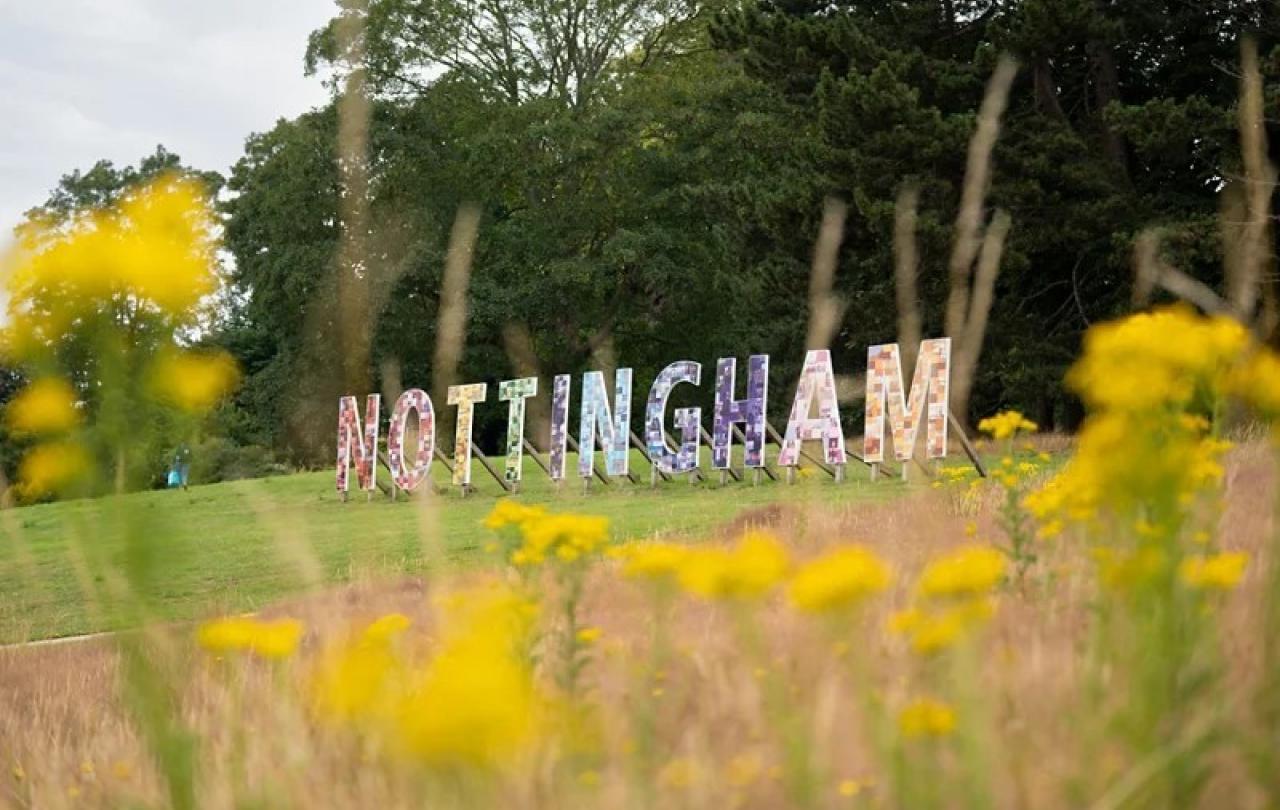
On holiday with my family around Easter this year, we rented a small cottage and went self-catering. This is a lovely way to enjoy a week, heartily recommended by me, at least.
As anyone who has done it will know, one of the standard experiences of the holiday house is the search of the kitchen for the items you need at mealtime. This year I was looking for a breadboard. You know: a flat wooden board on which to cut a loaf of bread. There did not appear to be one. But there were two marble boards which were plainly cutting boards. I then made a remark to my dear companion and wife Emma, I said,
“I think maybe the owners don’t believe in breadboards”.
This turn of phrase came quite naturally to me. It is a way of speaking that has been common in England for a long time, though it is less prevalent now. As I say, this way of speaking has a long history and it is not about abstract questions of existence. It is about practical questions of usefulness. If someone says:
“I believe in breadboards”
it does not mean
“there is some doubt as to the reality of breadboards, but I think they are real.”
What it means is:
“I think breadboards are useful; I think they help; they are a Good Thing.”
If someone says:
“I don’t believe in breadboards”
it means:
“I don’t think we need breadboards; they don’t help; we can cut bread another way.”
I am interested in this way of speaking because I am interested in what is going on when Christians recite, as many do, the summary statements called creeds, which mostly begin with the phrase “I (or we) believe in God, the Father almighty, creator …”.
I’ll come back to that in a moment. Before I do, let’s note some other ways in which the phrase “believe in” can be used. Sometimes someone may ask “do you believe in ghosts?” The question arises because ghost stories are strange and hard to verify and the very notion of a ghost is questionable, so the question is asking “do you think there is in fact any such thing as a ghost?” It is asking, “are ghosts real?”
And there are other contexts in which statements about belief might be made. Suppose a group of soldiers is cut off after an advance by opposing troops, and they are in doubt as to the way back to their own front line. Maybe the captain is advocating a choice which seems wrong to the private soldiers. They might debate among themselves. In this case, when putting into words his judgement on the matter, a soldier might find himself using the phrase, “I believe in the captain”, or, as the case may be, “I don’t believe in the captain.” Again, it is not a statement about whether there is a captain; it is a statement about whether trust in this particular captain is well-placed.
Now imagine a more homely scenario which has played out in many a household over the years. A daughter is telling her parents about her boyfriend. Perhaps the parents are not quite sure about this young man. They do not know him as well as their daughter does. They want to trust her judgement, but they are hesitating. Is our dear child perhaps a little blinded by infatuation?
What might the daughter say to explain how she feels? Having happily listed the boyfriend’s other good qualities, she might choose to add, “and he believes in me.” What does she mean by that? Is it that there is some doubt as to whether she exists, but the young man thinks she does? Of course not. What she means is that she feels that her friend knows her well enough to see her as she really is, and he affirms what he sees. He affirms that she has something to offer; she herself and not some other person or some other version who is not truly her.
There is a related experience which I have had many times with Emma. When faced with a decision about raising small children (what time should they go to bed? When can they go out on their own? etc.) I have often had the great boon of being able to say to myself “I believe in Emma.” What it means is, I think she has a lot of wisdom and good judgement on this issue, so I don’t need to agonise on it for too long; she has very likely already found a good answer.
Belief is much talked about in life more generally of course. There is the notion (quite dubious I think) that if you “believe” then you can realise whatever hopes and dreams you may have. Sometimes people speak of “belief” when what they really mean is hope. I won’t go into all these usages. The main point of this article is to say that if, in the context of a Christian gathering, you are invited to join in and recite a creed beginning with the phrase “We believe in God” then you do not need to make it function as an abstract statement about reality and existence, the way the question about ghosts functions. This is because “We believe in God” can function much better as a statement about practical helpfulness, like the statement about breadboards.
We Christians believe in God the way we believe in breadboards. We believe in God the way we believe in the good judgement of a close companion. It means we think our life as a community will go better if we pay the right kind of attention to our ultimate context, and the values and possibilities which are held there. We do not use the word “God” to refer to an airy being who might not exist. The word is, rather, a short (arguably too short) way to direct our attention. Our attention is drawn to those aspects of reality which can rightly and properly command the loyalty of a good and wise person. We don’t pretend to completely know what those aspects are. But we want to learn. Our gatherings and our creeds help us to acknowledge and embrace this ultimate context more fully.





